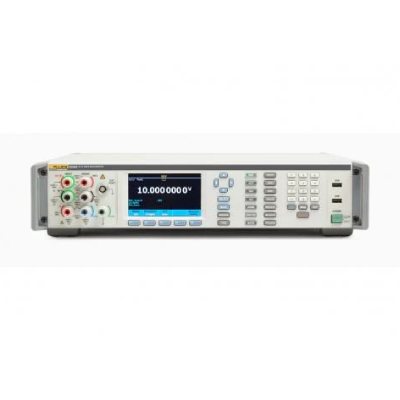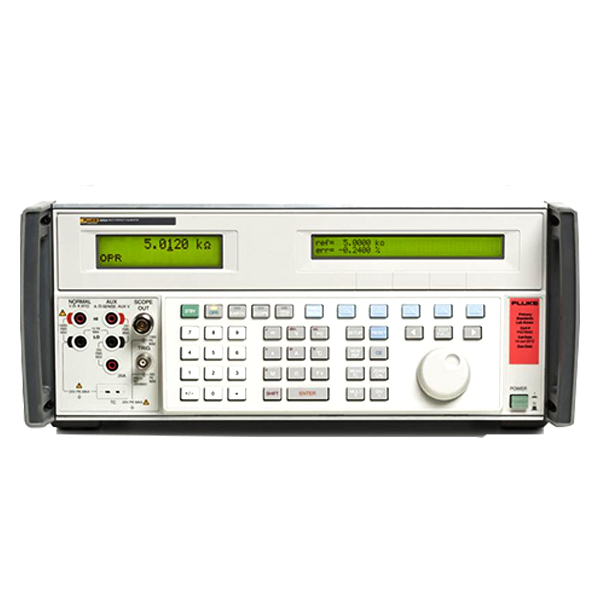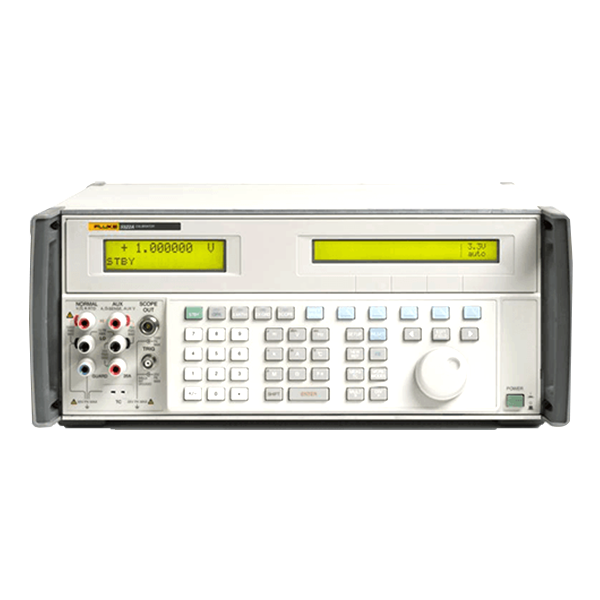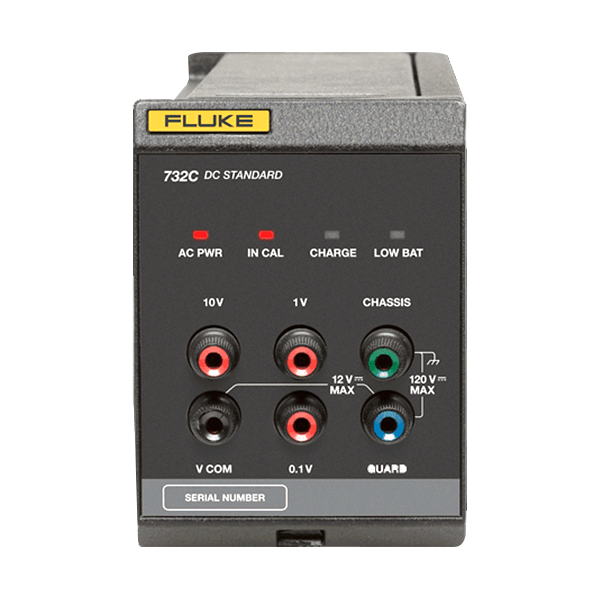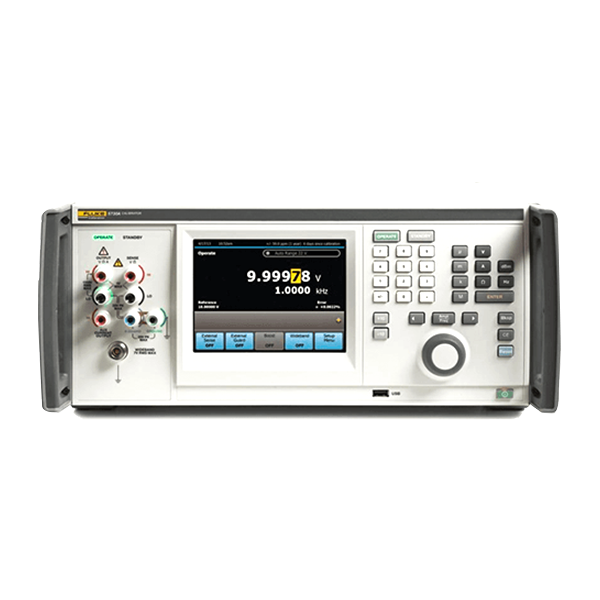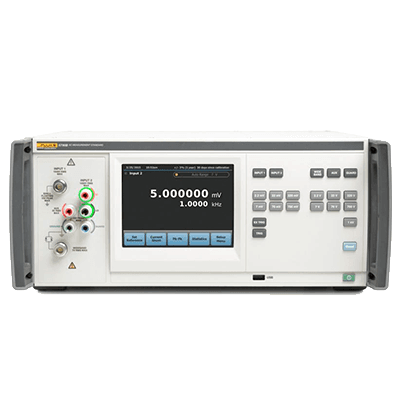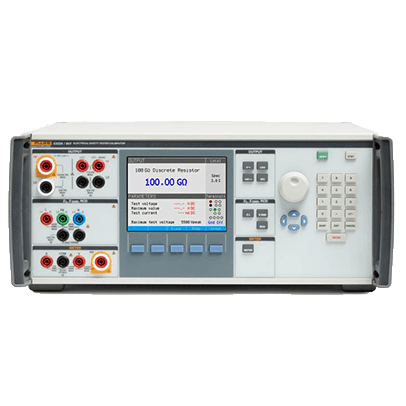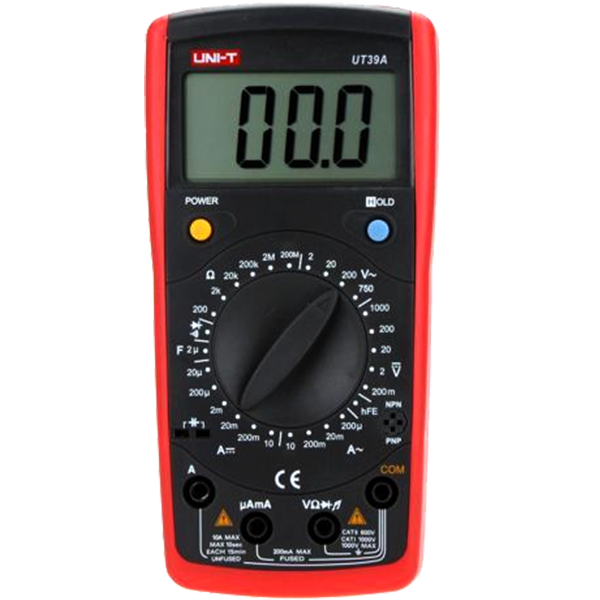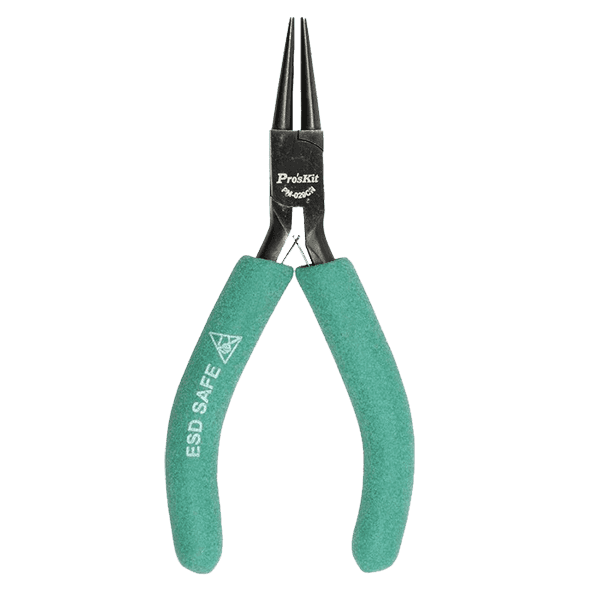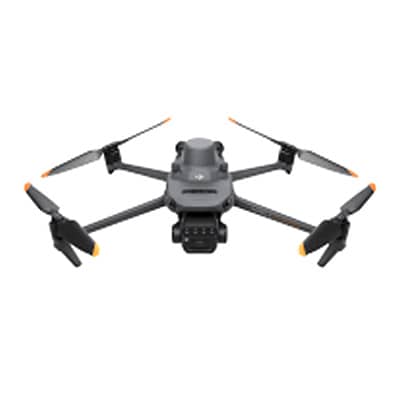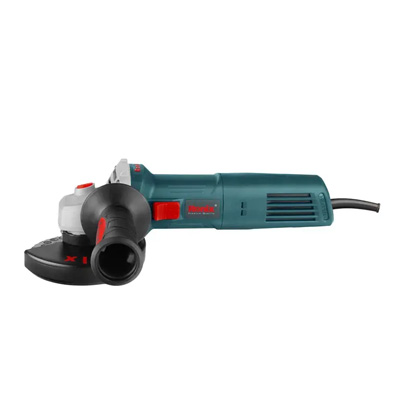Product overview: 8588A Reference Multimeter
Stability, simplicity and performance by design
The 8588A incorporates exceptional linearity, low noise and stability in the design. This best-in-class long-scale digital reference multimeter guarantees superior 3.5 ppm one-year dc voltage relative accuracy and long-term stability over a wide measurement range and functions.
The 8588A contains the world’s most stable voltage references and attenuators custom crafted at Fluke Calibration. These precision components eliminate the need for daily internal self-calibration to compensate for drift when less-precise components are used. Autozeroing also becomes unnecessary because the amplifier offsets are ultra-stable. The 8588A achieves an exceptional 8.5-digit resolution reading in one second, two times shorter than the next best in class, which amounts to considerable productivity improvements.
The 8588A is easy and intuitive to use. It is the ideal lab multimeter for metrologists and calibration laboratory managers who expect and appreciate a straightforward setup that quickly achieves the maximum performance of the instrument.
- 2.7 µV/V (95%), 3.5 µV/V (99%), 1 year relative accuracy, dc voltage without internal self-calibration or auto-adjustments
- 0.5 µV/V (95%), 0.65 µV/V (99%), 24 hour stability, dc voltage
- 7 µΩ/Ω (95%), 9 µΩ/Ω (99%), 1 year, resistance
- 2.02x full scale stretches lower noise floor to higher signal levels to maximize higher accuracies from the instrument
- 200 ns to 100 s aperture setting allows the industry's widest flexibility to control data capture window
Optional 8588A Null Detector Option
The 8588A/Null Meter option can be used to replace analog null meters in electrical metrology to measure small voltage differences between two points or to detect a zero current condition where the voltages at two points are the same. These might include comparing and measuring the voltage difference between a standard and a device under test such as in the comparison of two primary level standards or between a primary standard and a secondary calibration standard by interfacing with the instruments directly or with the aid of a voltage divider. The small differences in voltage that are measured by a null detector allow voltages to be adjusted on standards so that there is effectively no voltage difference between two points or two instruments. The ability to zero voltage, or a null condition, is essential for electrical metrology. The 8588A/Null Meter has an intuitive user interface that allows quick or automated collection of measurements. As opposed to analog null meters or other DMMs, the 8588A/Null Meter is far more configurable, allowing flexibility in speed and settling.
 Calibration
Calibration
 HVAC/Clean Rooms
HVAC/Clean Rooms
 Electrical
Electrical
Temperature
 Power & Energy
Power & Energy
 Mechanical & Maintenance
Mechanical & Maintenance
 Pharma, Health & Biomedical
Pharma, Health & Biomedical
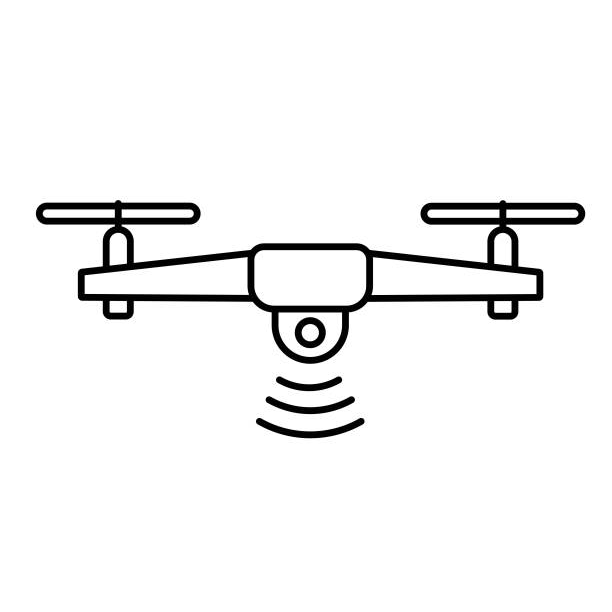 Drone Solution
Drone Solution
 Networking
Networking
 Transformer & Relay Testing
Transformer & Relay Testing
 Insulation, Resistance and Battery
Insulation, Resistance and Battery
 Fault Testing & Diagnostics
Fault Testing & Diagnostics
 Lightning Protection Solution
Lightning Protection Solution
 Education, Research & Development
Education, Research & Development
 Civil Equipment
Civil Equipment
 Renewable Energy
Renewable Energy
 Cleaning and supplies
Cleaning and supplies
 Power Tools
Power Tools
 Safety Tools
Safety Tools
 Hardwares
Hardwares
 Construction Supply
Construction Supply
 Stationeries
Stationeries
 Garden Tools
Garden Tools
 Accessories
Accessories
 Machines
Machines
 Hand Tools
Hand Tools






































